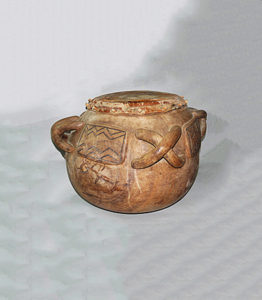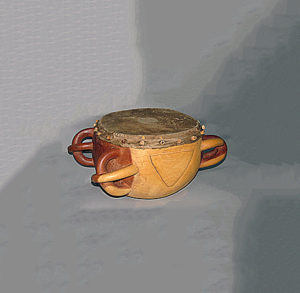Venda
Venda history begins with the Kingdom of Mapungubwe (9th Century) where King Shiriyadenga was the first king of Venda and Mapungubwe. The Mapungubwe Kingdom stretched from Soutpansberg in the south, across the Limpopo River to Matopos in the north. The Kingdom declined from 1240, and power moved north to the Great Zimbabwe Kingdom. The first Venda settlement in the Soutpansberg was that of the legendary chief Thoho-ya-Ndou (Head of the Elephant). His royal kraal (homestead) was called D’zata; its remains have been declared a National Monument. The Mapungubwe Collection is a museum collection of artefacts found at the archaeological site and is housed in the Mapungubwe Museum in Pretoria. Venda people share ancestry with Lobedu people and Kalanga people. They are also related to Sotho-Tswana peoples Sotho-Tswana and Shona groups. All these tribes were under the Venda kingdom.
The Venda of today are Vhangona, Takalani (Ungani), Masingo and others. Vhangona are the original inhabitants of Venda, they are also referred as Vhongwani wapo; while Masingo and others are originally from central Africa and the East African Rift, migrating across the Limpopo River during the Bantu expansion, Venda people originated from central and east Africa, just like the other South African tribes.
Resource: https://en.wikipedia.org/wiki/Venda_people


